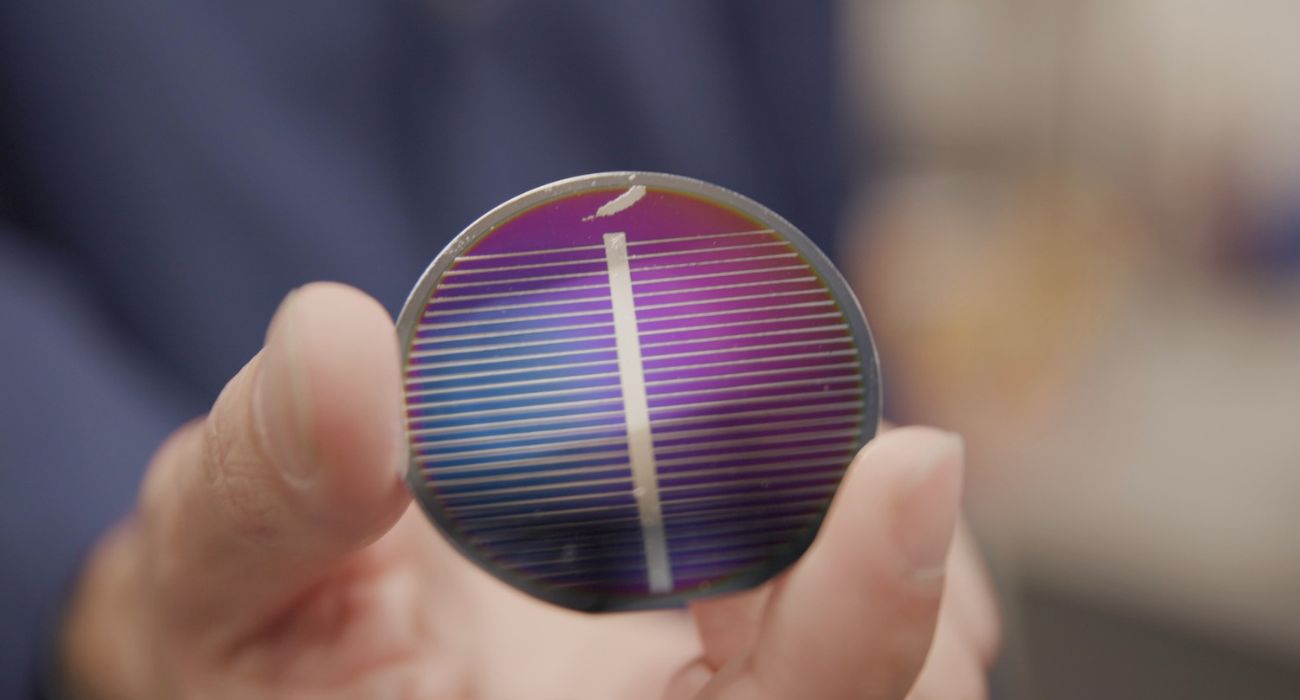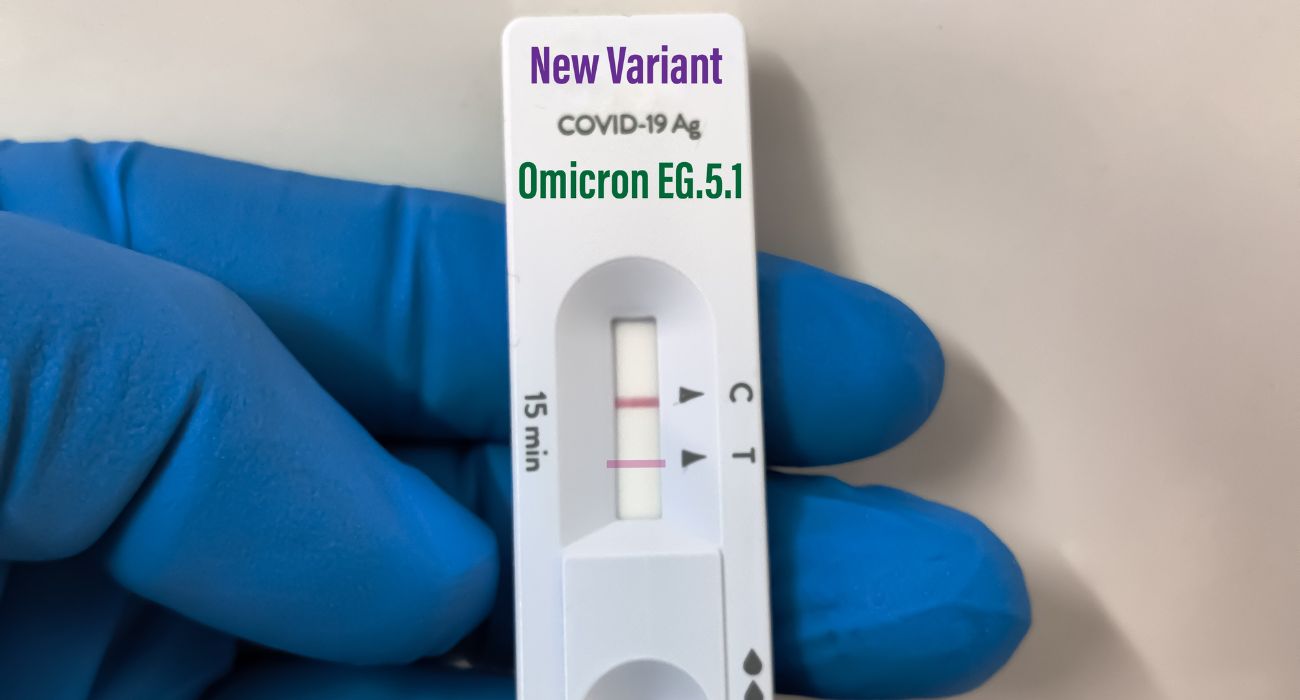NASA awarded $35 million in funding to Blue Origin’s Blue Alchemist power system on Tuesday.
Officials claim this system will provide “unlimited” solar power for off-world endeavors.
Blue Alchemist is an emergent technology developed by Blue Origin to create power systems and solar cells using crushed rocks and dust from the lunar surface known as “lunar regolith.” A reactor is used to produce iron, silicon, and aluminum. A process called “molten regolith electrolysis” uses an electrical current to separate the iron, silicon, and aluminum from the oxygen to which it is bonded.
The elements, such as silicon, can then be used in manufacturing, while the byproduct, oxygen, can be used for life support and even propulsion, according to Blue Origin.
“Our approach, Blue Alchemist, can scale indefinitely, eliminating power as a constraint anywhere on the Moon,” Blue Origin previously explained.
This method is able to purify silicon to more than 99.999% to create these solar cells and can even create the glass needed to protect them and ensure their longevity.
“Once demonstrated and implemented on the Moon, Blue Alchemist will put unlimited solar power wherever we need it,” Blue Origin added.
The company announced that it had received a $35 million Tipping Point partnership from NASA to continue the development of this technology. This type of partnership is awarded for technology that can be used commercially.
“A technology is considered at a tipping point if an investment in a demonstration will significantly mature the technology, increase the likelihood of infusion into a commercial space application, and bring the technology to market for both government and commercial applications,” explains NASA on its website.
“Harnessing the vast resources in space to benefit Earth is part of our mission, and we’re inspired and humbled to receive this investment from NASA to advance our innovation,” said Pat Remias, vice president of Blue Origin’s Capabilities Directorate of Space Systems Development. “First we return humans to the Moon, then we start to ‘live off the land.'”
Scientists plan to test this technology in a simulated lunar environment by 2026.






